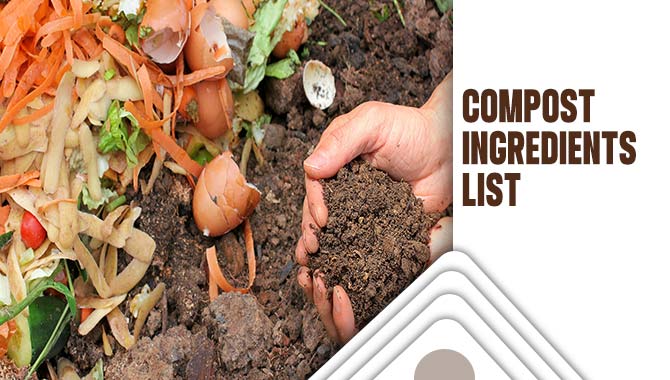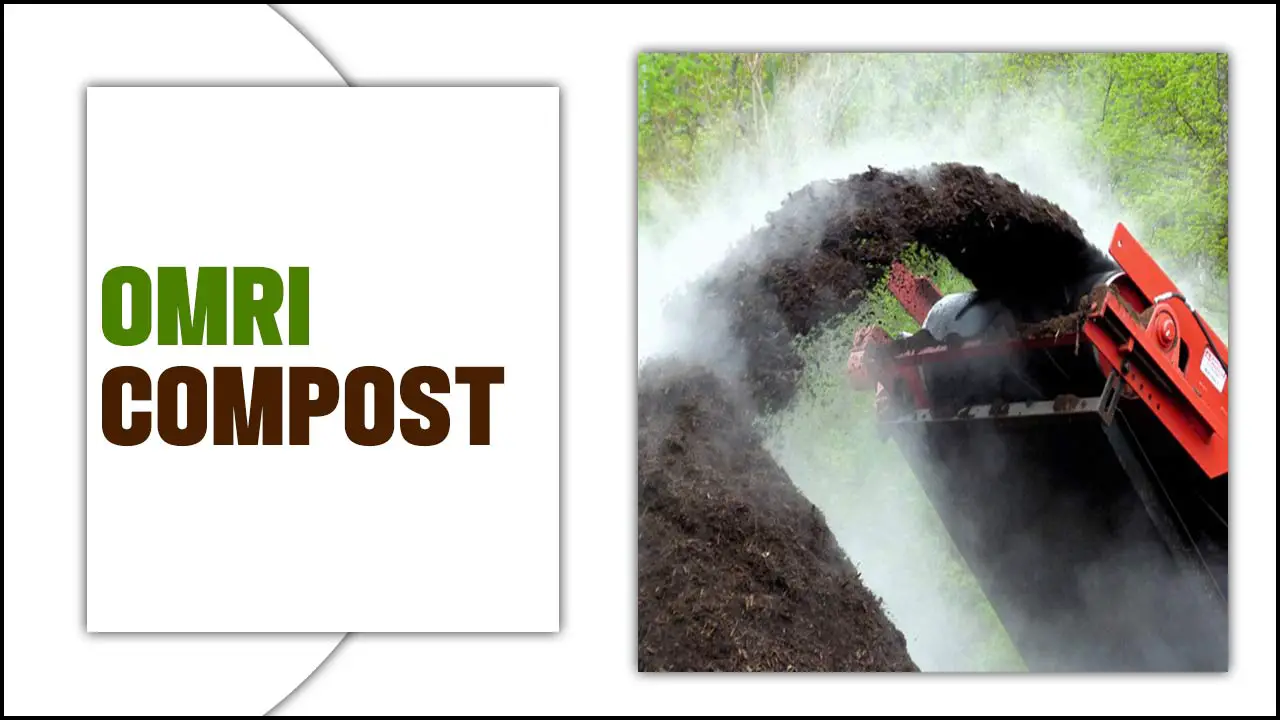Green giant arborvitae is a popular and versatile evergreen tree that can add an attractive touch to any landscape. However, even the most robust and hardy trees can experience problems from time to time. One of the most common issues that arborvitae owners face is when their green giant arborvitae turning brown.
This phenomenon can occur suddenly and without warning, leading to frustration and concern for those who have invested time and effort in their tree’s maintenance. You can do several things to address this problem and restore the health and beauty of your green giant arborvitae.
Here we will explore the common causes of browning in green giant arborvitae and provide practical solutions for addressing them. We will discuss the impact of environmental factors such as drought, heat stress, and disease and the importance of proper tree maintenance and care.
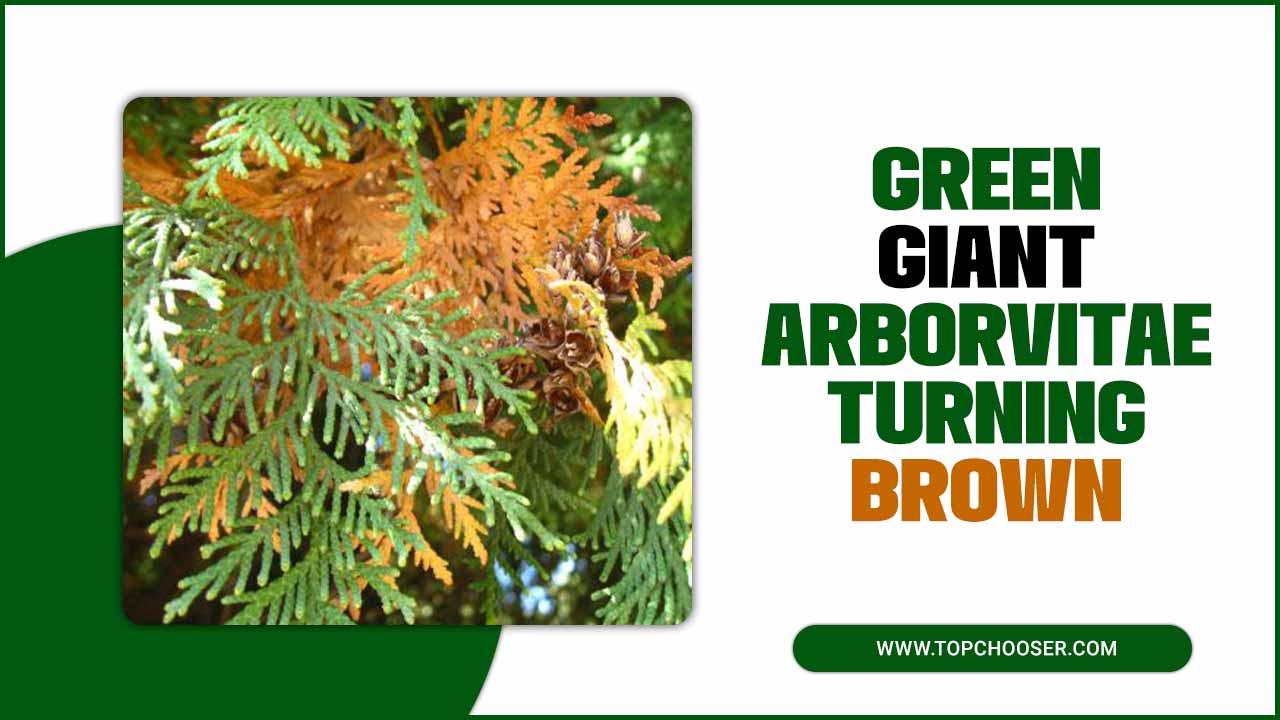
Reasons On Why Green Giant Arborvitae Turning Brown
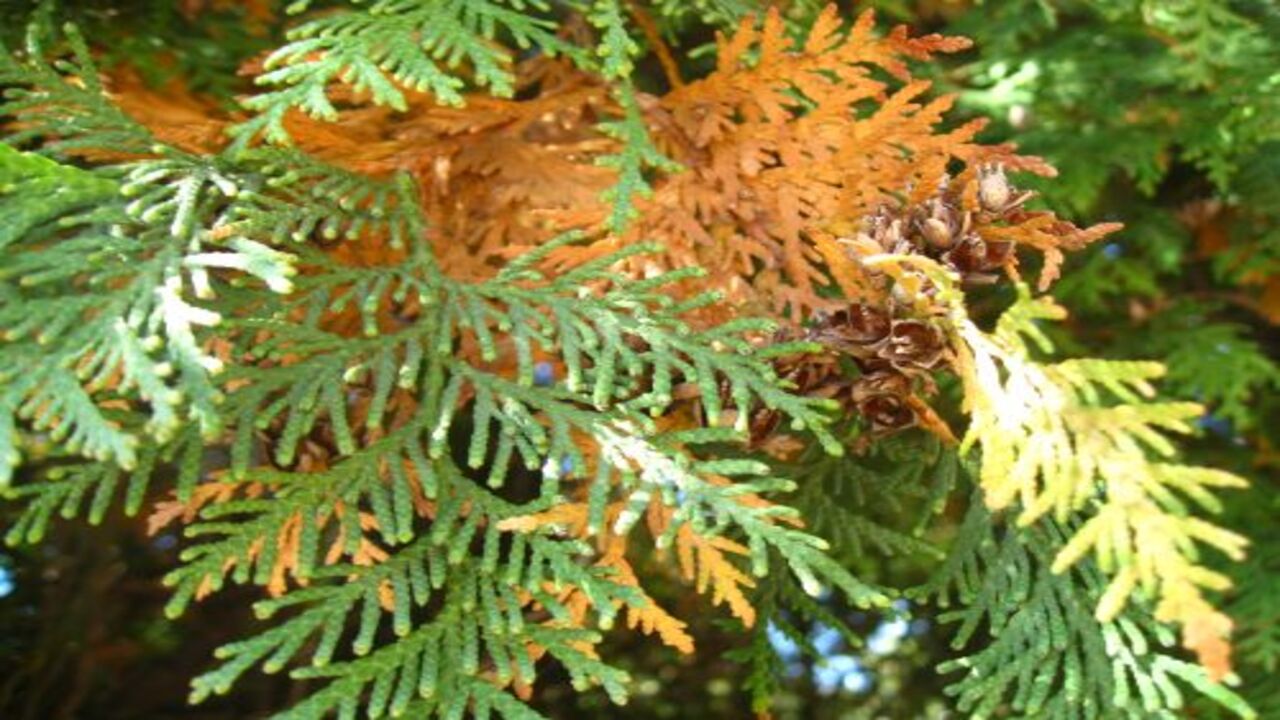
The green giant arborvitae turning brown is significant because it could indicate a problem with the tree’s health or environmental conditions. Disease, pests, drought stress, or inadequate care may cause brown foliage. Addressing the issue promptly can help prevent further damage and save the tree’s life.
1.Watering Issues
If your Green Giant arborvitae turns brown, it could indicate watering issues. These evergreen trees require consistent and adequate moisture to thrive. Underwatering or overwatering can both lead to browning foliage. Check the soil moisture by inserting your finger about two inches into the ground near the tree’s base. If it feels dry, you may need to increase the frequency or amount of watering.
However, ensure proper drainage to avoid waterlogged roots. Adjust your watering schedule if the soil feels wet or the tree is planted in a poorly drained area. Additionally, consider mulching around the base to retain moisture and protect the roots. If the browning persists, consult a local arborist for further guidance.
2.Poor Drainage
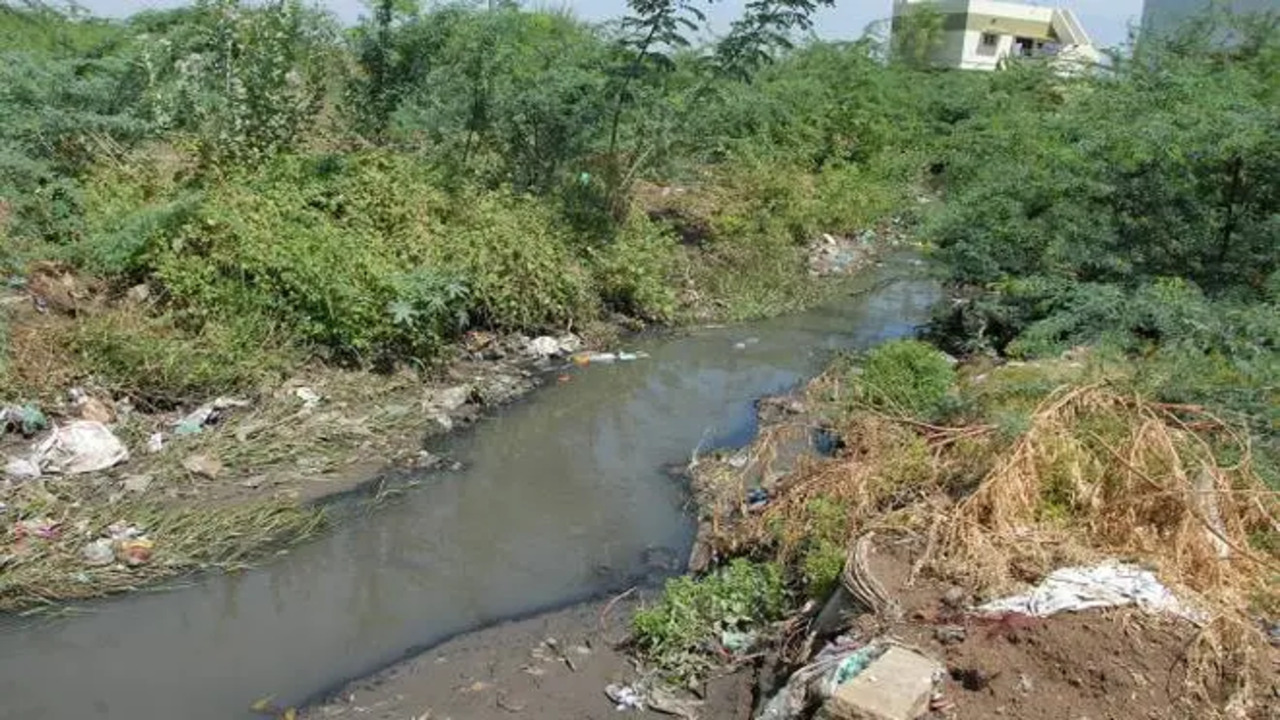
Poor drainage can contribute to the browning of Green Giant arborvitae trees. When soil does not have adequate drainage, it causes excess water to accumulate around the roots of the tree, suffocating and rotting them.
This lack of oxygen and waterlogged soil can lead to root damage and, subsequently, the browning of the foliage. It is crucial to improve drainage by planting the tree in well-draining soil or amending the existing soil with organic matter or sand to address this issue.
Additionally, avoiding overwatering and allowing the soil to dry out between watering sessions can help prevent waterlogged conditions. Regularly monitoring the soil moisture levels and taking appropriate measures can promote healthier growth and prevent browning in Green Giant arborvitae trees.
3.Environmental Stress
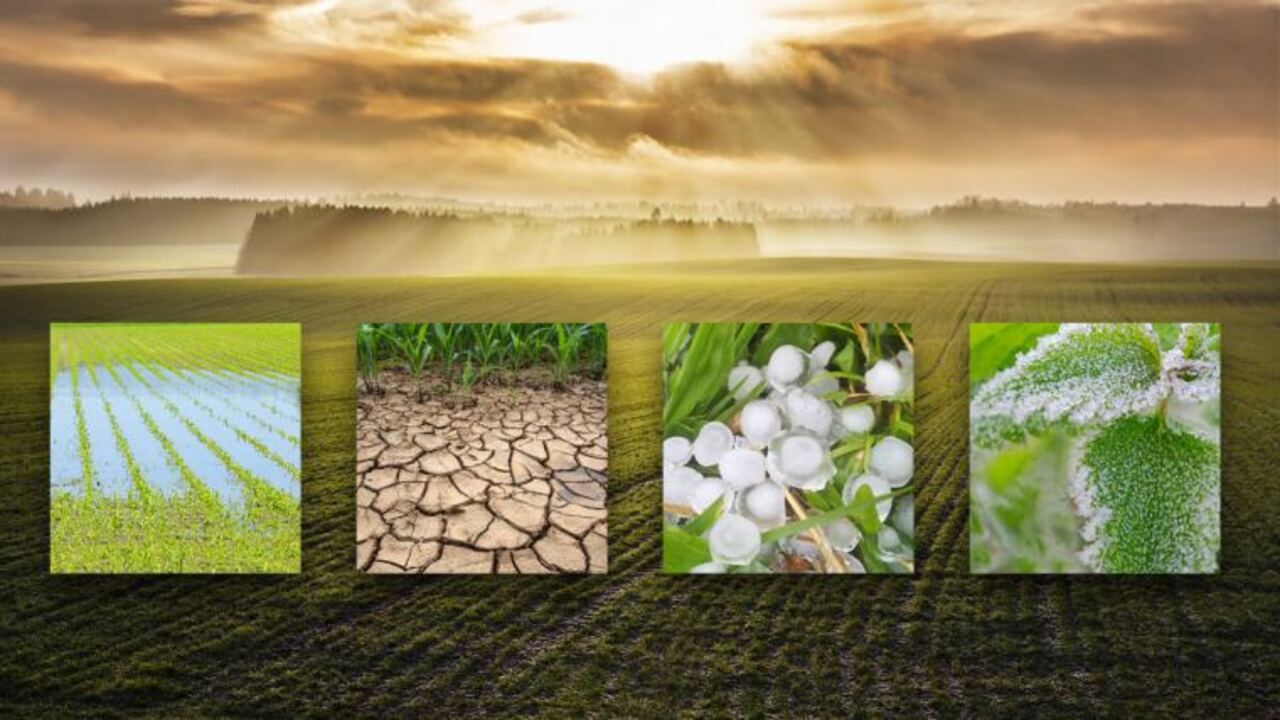
Various environmental stressors cause the browning of Green Giant arborvitae, a type of evergreen tree. One common cause is drought, as these trees require consistent moisture to thrive. Inadequate watering or prolonged dry periods can lead to dehydration and browning of the foliage. Excessive heat, especially in locations with intense sun exposure, could be another factor affecting the tree.
High temperatures can cause water loss through evaporation, resulting in leaf discolouration. Additionally, improper soil conditions, such as poor drainage or nutrient deficiencies, can contribute to stress and browning.
It is essential to ensure the tree is planted in well-drained soil and provided with regular watering, especially during hot and dry periods, to mitigate these environmental stresses and promote a healthy Green Giant arborvitae.
4.Pests And Diseases
When green giant arborvitae trees start turning brown, it can indicate pests or diseases. Several factors can contribute to this issue. Spider mites are common pests that can cause discolouration and browning of foliage. Infestations of bagworms, scale insects, or aphids can also lead to similar symptoms. Diseases like root rot or fungal infections can affect the tree’s health, causing browning of needles or branches.
Environmental stressors such as drought, excessive heat, or poor soil conditions may weaken the tree, making it more susceptible to pests and diseases. It is crucial to promptly identify the underlying cause and take appropriate measures, such as pruning affected areas, applying insecticides, improving watering practices, or seeking professional assistance to address the issue effectively.
5.Nutritional Deficiencies
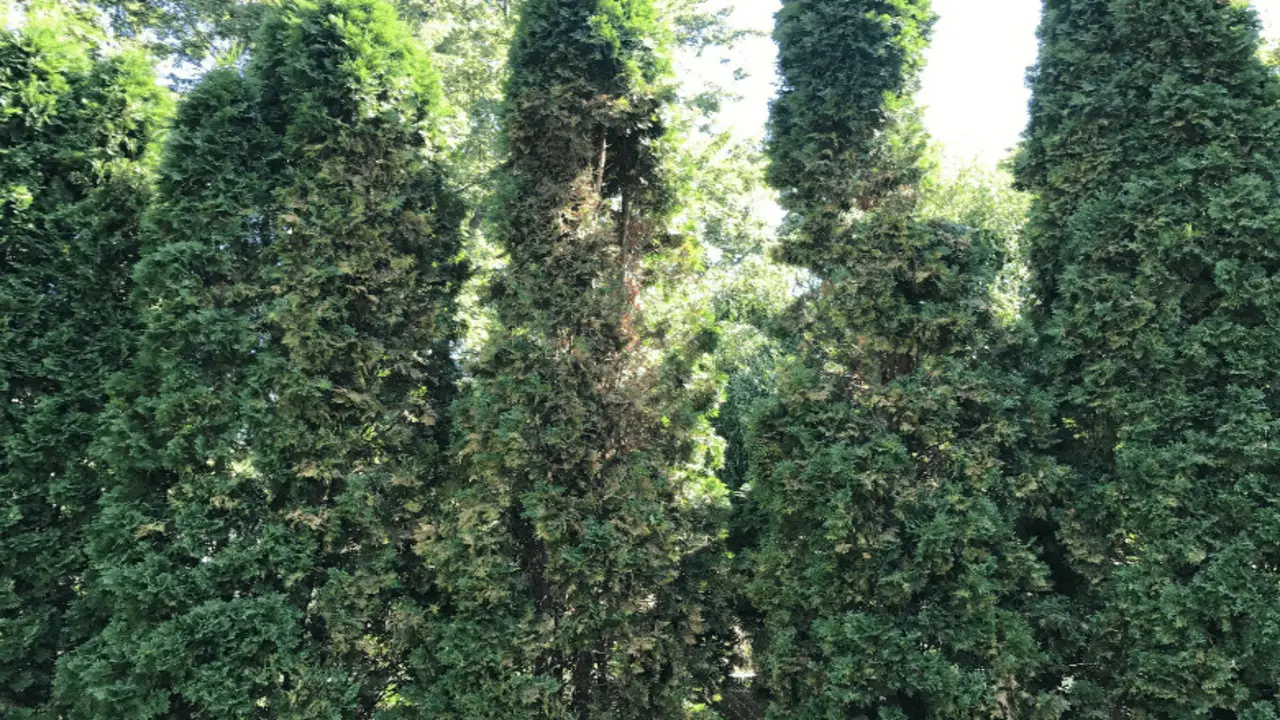
If your green giant arborvitae turns brown, it may indicate potential nutritional deficiencies. These trees require proper nutrition to maintain their vibrant green colour and overall health. One common nutrient deficiency that can cause browning is a lack of essential minerals like nitrogen, iron, or magnesium. Nitrogen deficiency, for example, can lead to yellowing and browning of the foliage.
It is essential to provide appropriate fertilization to ensure your trees receive adequate nutrients. A balanced slow-release fertilizer designed for evergreen trees can help address these deficiencies. Also, soil pH imbalances or improper watering practices can contribute to nutritional issues. It is recommended to consult with a professional arborist or horticulturist to determine the specific deficiency and appropriate treatment.
6.Transplant Shock
Transplant shock can cause Green Giant arborvitae to turn brown. When these evergreen trees are uprooted and transplanted, they undergo stress that can lead to the browning of their foliage.
Transplant shock occurs due to various factors, including root damage, inadequate watering, exposure to extreme temperatures, and improper handling during the transplanting process. To minimize transplant shock and help the tree recover, it’s essential to provide proper care.
This includes ensuring the tree is planted in well-drained soil, watering it adequately, and protecting it from harsh weather conditions. Applying a layer of mulch around the base can help retain moisture and stabilize soil temperature. With time and proper care, the Green Giant arborvitae should recover from transplant shock, and its browning foliage should gradually turn green again.
7.Pruning Issues
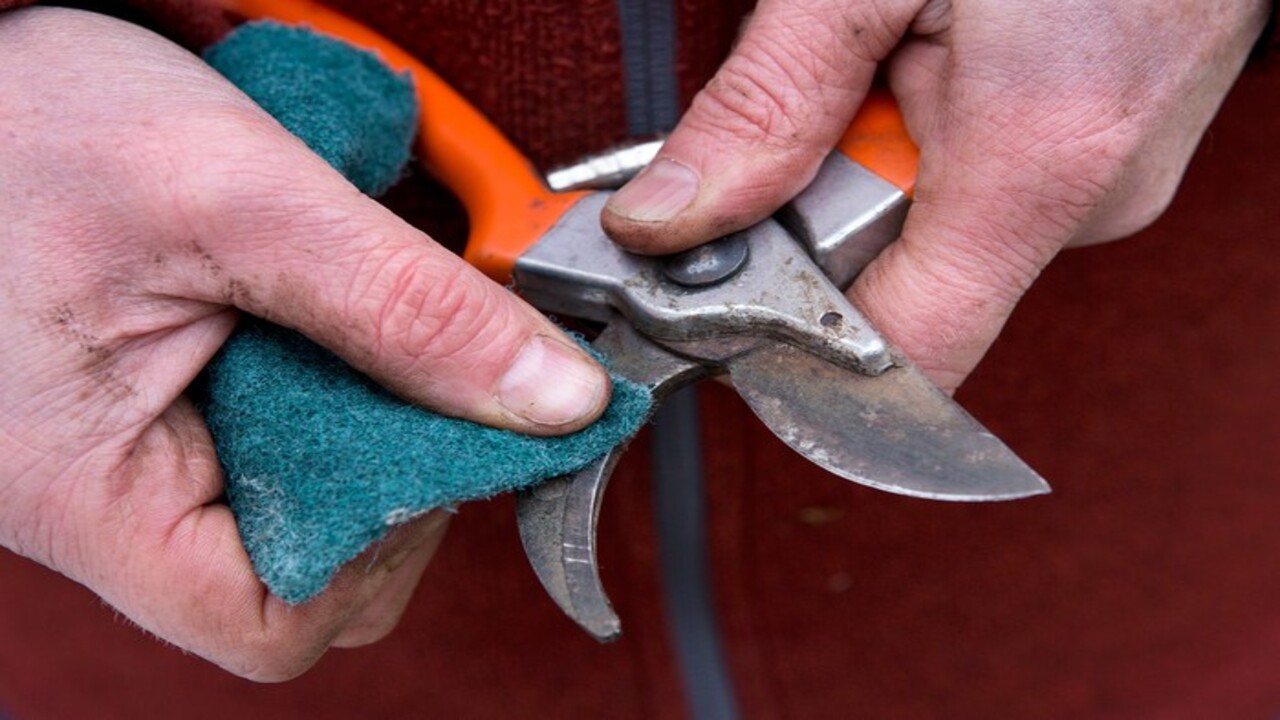
When green giant arborvitae starts turning brown, it can be a sign of several potential pruning issues. Improper pruning techniques, such as cutting too much foliage or pruning at the wrong time, can stress the tree and lead to browning. Pruning during hot, dry periods can further exacerbate the problem. Another possible cause is pruning the tree too late in the season, leaving the new growth vulnerable to winter damage.
Additionally, failing to sanitize pruning tools can introduce diseases or pests that harm the tree. To address the browning, identifying and rectifying the underlying cause is essential. Consultation with an arborist or horticulturist can provide specific guidance and ensure proper pruning practices to maintain the health and beauty of your green giant arborvitae.
Troubleshooting: Identifying And Treating Brown Foliage
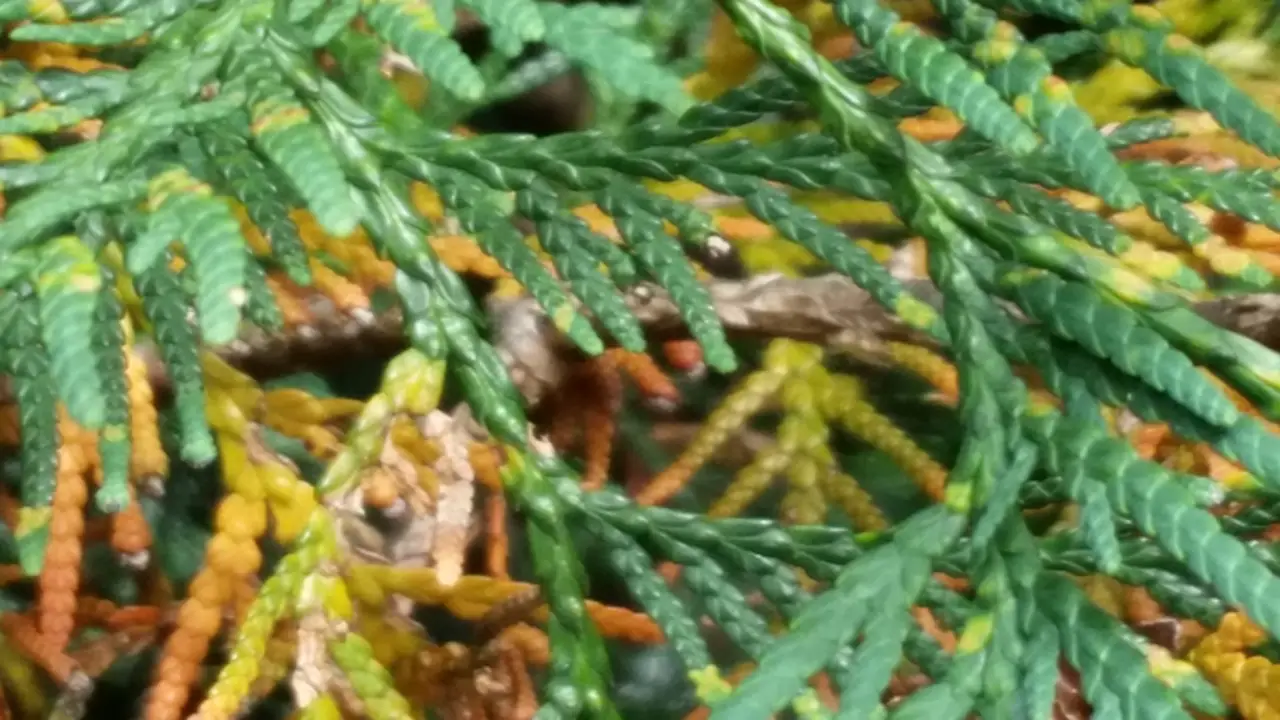
Brown foliage can be alarming for any plant owner, but it’s important to remember that it’s not always a death sentence for your plant. The first step in troubleshooting brown foliage is identifying the cause.
One common culprit is overwatering, which can lead to root rot and cause the leaves to turn brown and wilt. In this case, adjusting your watering habits and potentially repotting the plant in fresh soil is important.
On the other hand, underwatering can also cause brown foliage as the plant becomes dehydrated and unable to absorb nutrients properly. In this case, increasing watering frequency and possibly misting the leaves can help revive the plant.
Other potential causes of brown foliage include exposure to extreme temperatures or incorrect lighting conditions. Moving the plant to a more suitable location or adjusting the temperature can help alleviate these issues.
Prevention And Management Of Brown Leaves
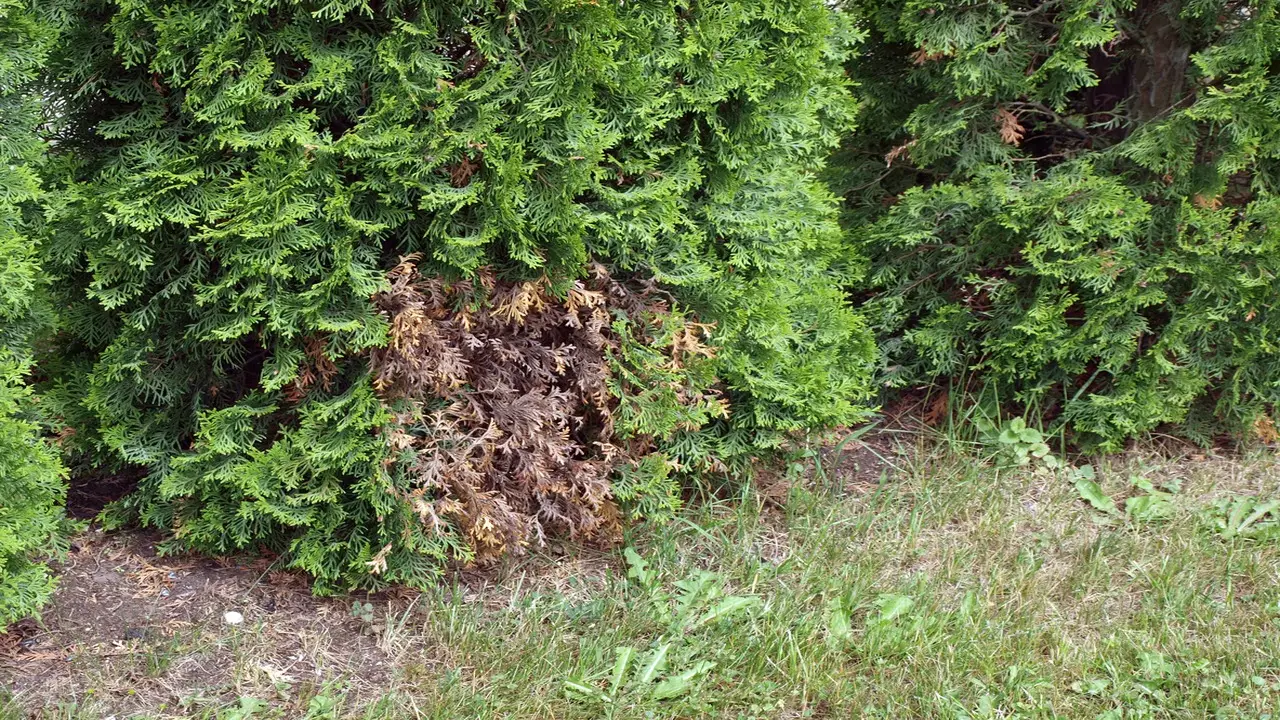
The prevention and management of brown leaves is an essential aspect of maintaining the health and beauty of plants. Brown leaves can be caused by various factors, including inadequate watering, exposure to extreme temperatures, pests or diseases, or simply natural ageing.
To prevent brown leaves, it is important to provide plants with appropriate care and attention, including regular watering, fertilization, and protection from harsh weather conditions.
Identifying and addressing any underlying issues contributing to brown leaves, such as pest infestations or nutrient deficiencies, is also essential. If brown leaves occur, several management strategies can be employed to restore the plant’s health. These may include removing affected leaves and providing additional care, such as pruning, fertilization, or pest control.
Conclusion
Seeing your green giant arborvitae turning brown is concerning, as it could be a sign of distress. Before determining what can be done to save your tree, you must identify the cause of the browning. Possible reasons could include one or more: too much sun, shade, insufficient water, damage from pests or disease, or a nutrient deficiency.
Don’t let your giant green arborvitae go brown on you. With proper care and attention, your trees can thrive and stay green all year round. Remember to water deeply and frequently, especially during summer, and watch for any signs of stress or disease.
If you do notice your trees turning brown, don’t panic. You can take steps to help them recover and return to their green glory. With a little TLC, your green giants will be the envy of the neighbourhood once again.
FAQs
[rank_math_rich_snippet id=”s-625c64d9-735f-46fb-bde0-490c11317070″]

I am passionate about home engineering. I specialize in designing, installing, and maintaining heating, ventilation, and air conditioning systems. My goal is to help people stay comfortable in their homes all year long.



